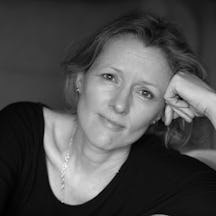When Bev Thomas was researching her novel about a woman whose son is missing, she heard the stories of many people hoping a family member would get back in touch. Here she describes the challenges of life with absence at its heart.
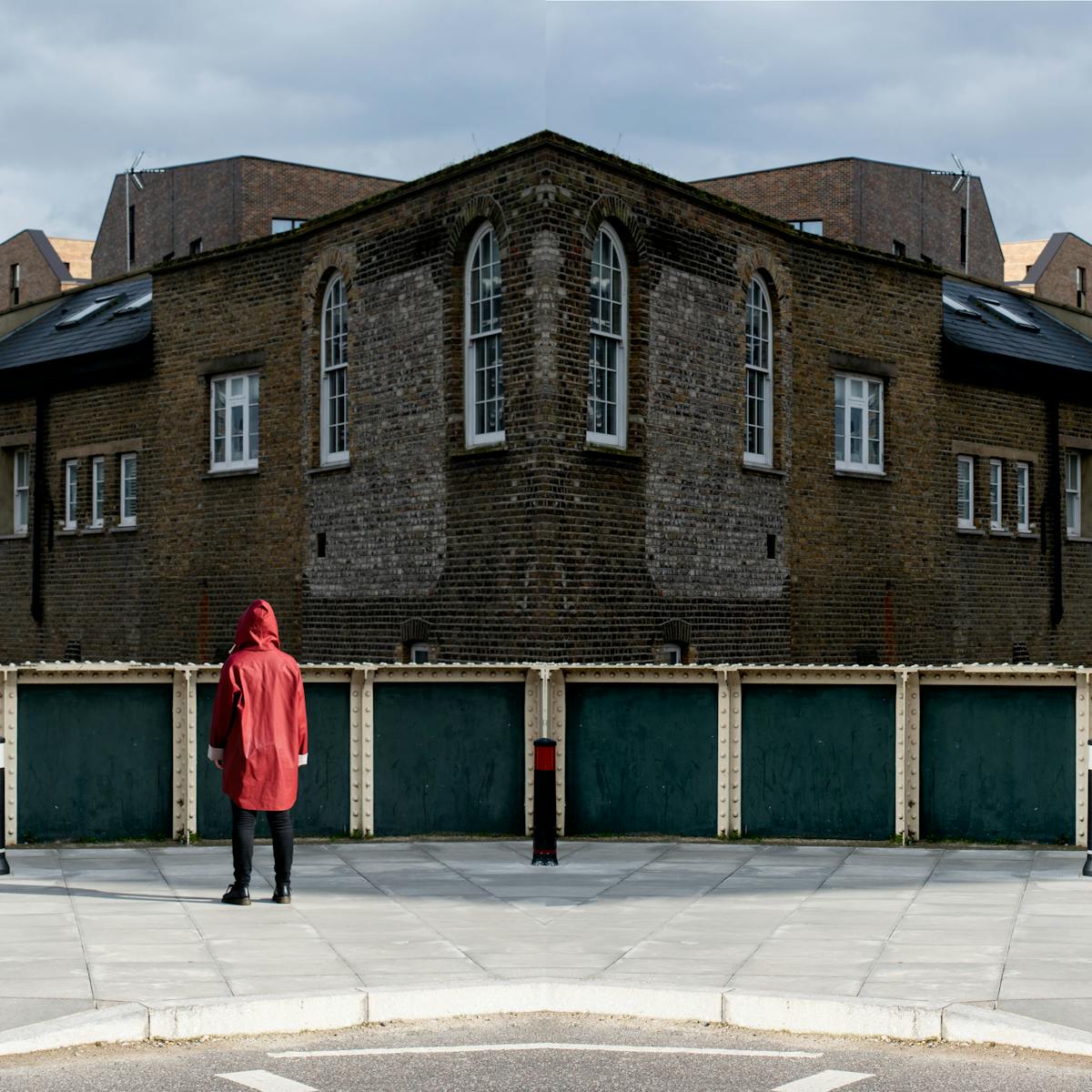
In the neat, semi-detached house, the kitchen wall is a collage of photos: summer holidays, camping trips, school sports days and football matches. It’s a busy, lively scene in an otherwise quiet house, which is home to Mary and her husband Jack, who are in their late 50s. Their eldest son Richard is 25 and works as an engineer in London; his brother, Max, three years younger, has been missing for 18 months.
Before he left, Max had been offered a promotion at the digital marketing firm where he worked. He’d split up with his girlfriend – and in the past, as a teenager, had had a bout of depression – but otherwise there was nothing to explain his sudden and uncharacteristic disappearance. Soon after he left, his parents discovered money had been withdrawn from his account, and his passport had gone, along with a few items of clothing.
Max is one of the 300,000 young people that go missing every year in the UK, and typical of the many I came across when I was researching my novel ‘A Good Enough Mother’. The triggers for leaving can be varied: for teenagers it’s most commonly family and relationship problems or domestic abuse, and for people in their 20s mental health issues play an increasing part.
For older adults, debt and financial issues can be a factor, with some leaving home to start again in a new place under a new name. While the vast majority of people are thankfully found within 24 hours of being reported missing, some, like Max, are not, and parents like Mary and Jack are catapulted into a nightmarish world of anguish.
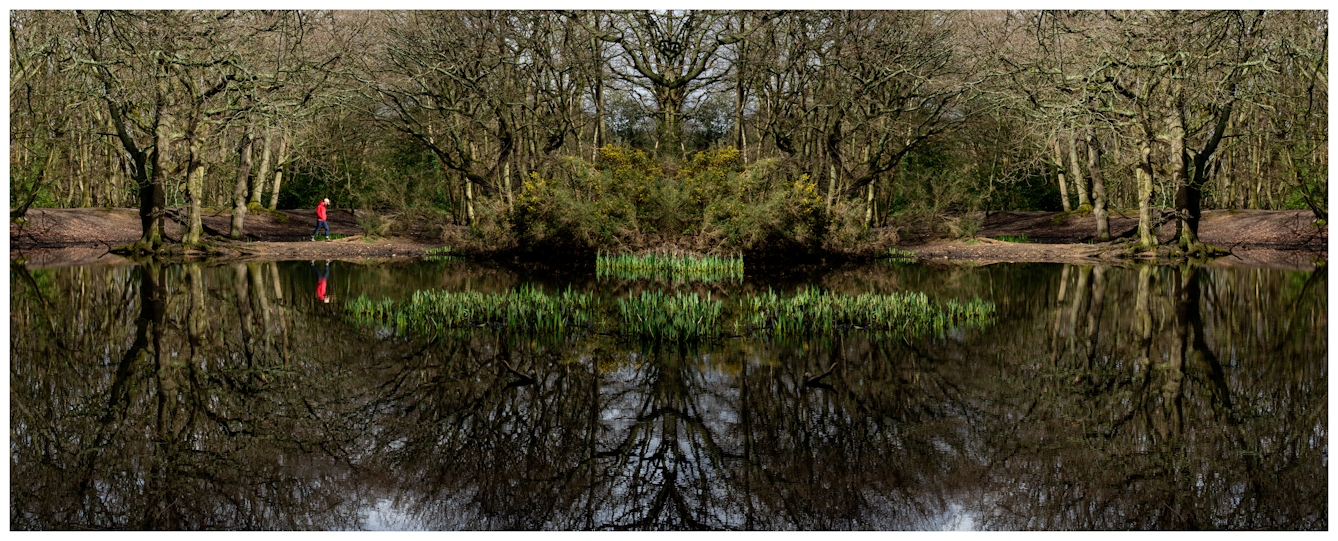
All photographs taken from the series 'Ambiguous Loss' by Camilla Greenwell.
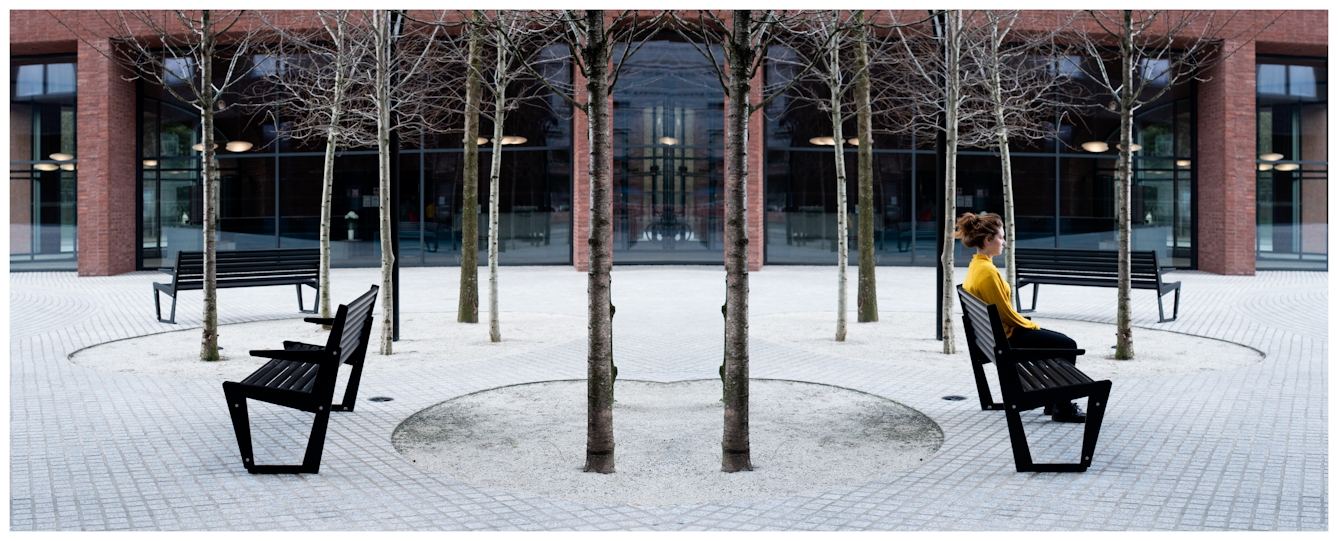
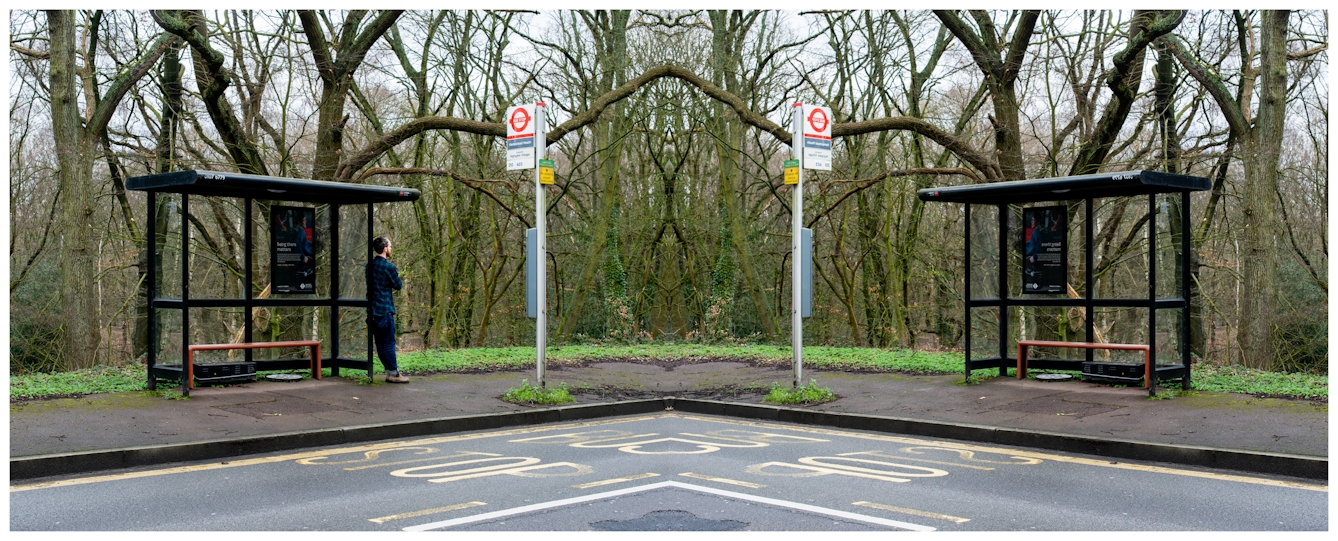
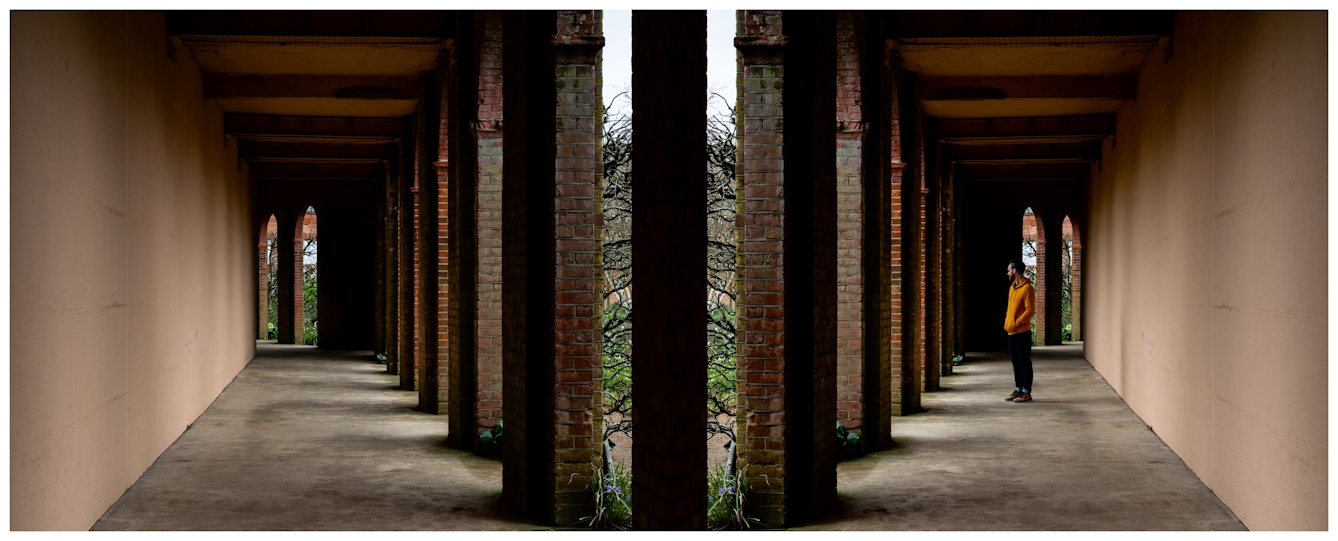
Putting life on hold
Life involves loss in many forms, and having previously worked as a therapist, I have found that grief frequently finds its way into the consulting room. The death of a loved one can be devastating, and while the grieving may take time, and the pain might never heal, there is a finality to the process.
In contrast, a missing person provokes a particularly complex state of mind for relatives; a sense of being in limbo, coloured by uncertainty and a lack of closure, alongside a roller coaster of hope and despair. It’s as if life is on hold, an experience that’s been described as a “permanent open wound”.
For many, the sense of not knowing is a source of unbearable anxiety.
It’s an area that’s been the focus of extensive research and study, the psychotherapist Pauline Boss coining the term “ambiguous loss” to describe this unique psychological state.
Coping with a missing relative is understandably a huge challenge, and as with any trauma, responses can vary enormously. For many, the sense of not knowing is a source of unbearable anxiety. This can provoke an obsessive and frantic state of mind where fantasy and reality can become blurred.
When I worked as a therapist, I saw bereaved people who often described ‘seeing’ deceased relatives; sometimes it was an unexpected appearance, at others it was something more regular and comforting, like the woman who described sitting and eating breakfast with her husband for six months after his death.
This physical manifestation can be part of the grieving process, a reconnection with something lost. However, this phenomenon is also common for families with missing loved ones, who report the agony of ‘seeing’ their missing relative wherever they go: on the Tube, in the high street or at the bus stop. There’s a more desperate quality about this experience, as if almost willing the person to reappear.
One man even described having to stop going to football matches because of his recurrent ‘sightings’ of his missing brother in the crowd. And of course, in contrast to the bereaved, this is not entirely the stuff of fantasy. With no closure, no news about their family member’s whereabouts, it is entirely possible they might reappear, and so there is some reality in these imagined sightings, which makes it all the more unbearable.
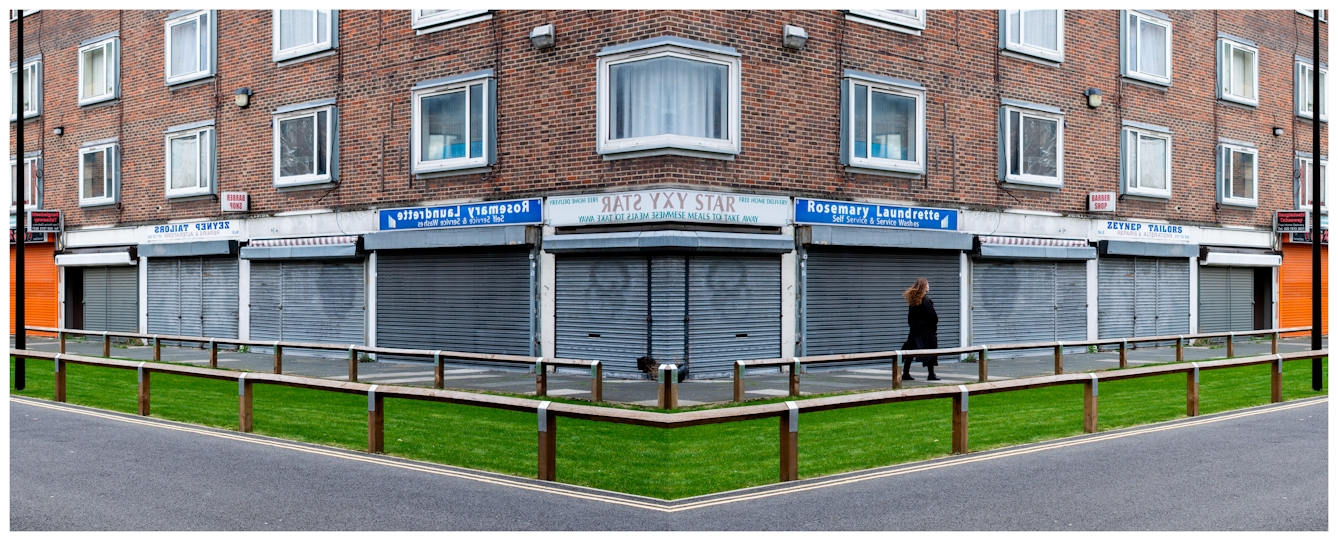
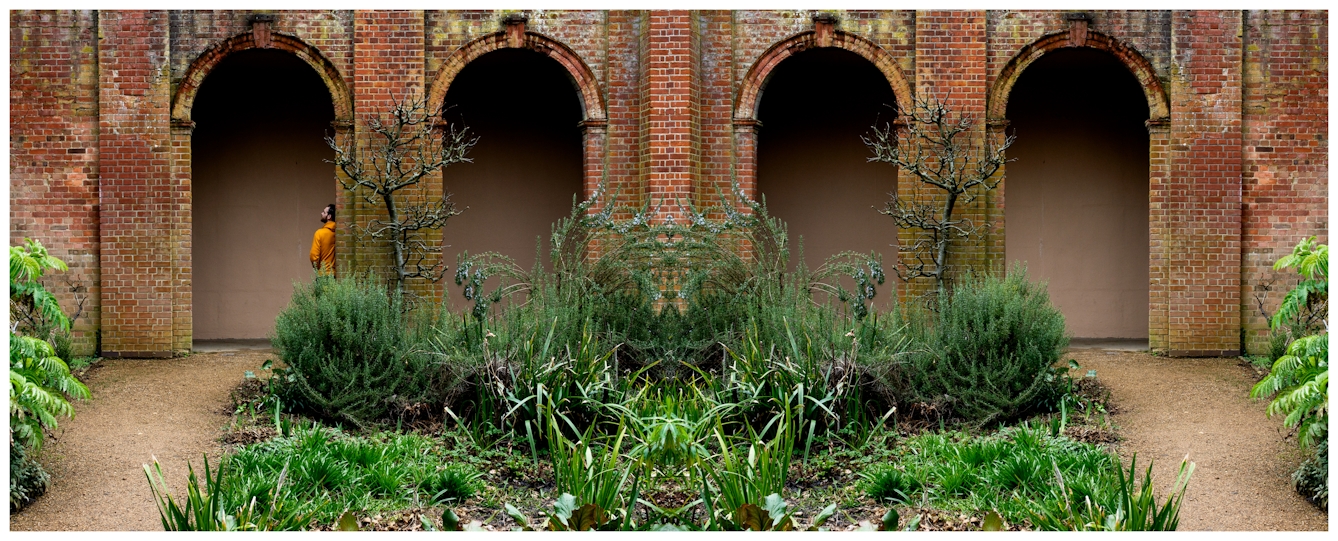

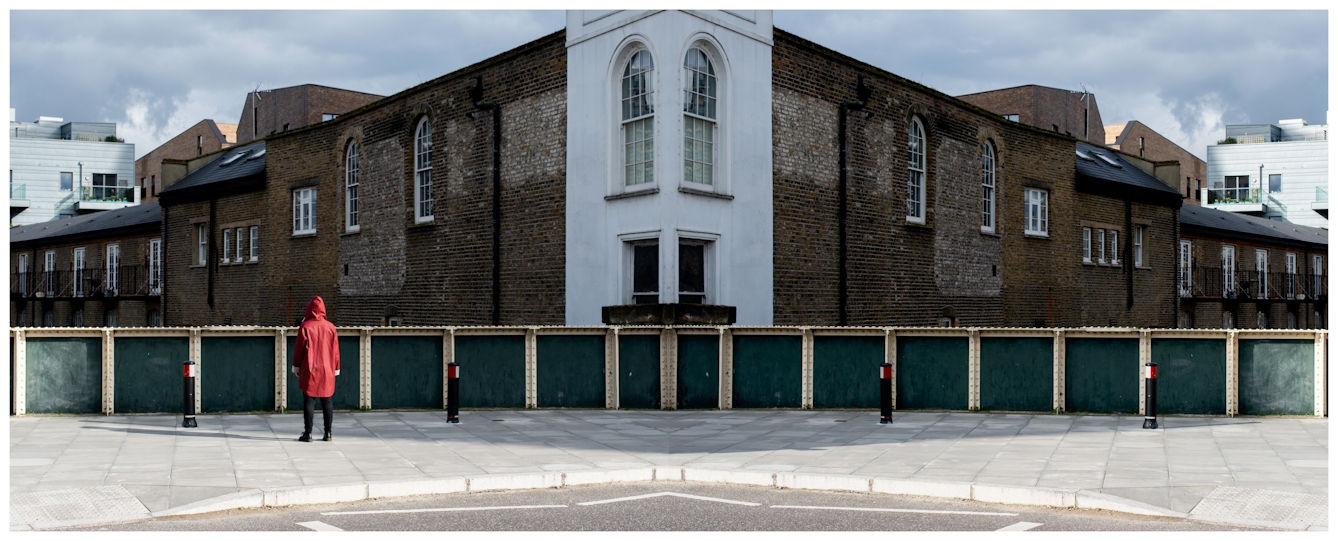
Obsession and withdrawal
This obsessive state of mind was something that haunted me – and provided a springboard into my novel, which focuses on a therapist whose judgement is clouded when she sees a new patient who looks strikingly like her own missing son. It’s her unresolved grief and her desperate need to find a ‘substitute son’ that forms the crux of the plot.
My character Ruth Hartland’s obsession is not an uncommon reaction. Neither is the response of a relative who feels so numbed by the pain of the loss that they simply cut off emotionally. Many people oscillate between the two, and neither state is psychologically healthy.
So how do people carry on with their lives while bearing the heartbreak of a missing relative?
The key is navigating a balance between care and emotional detachment, so that your own wellbeing and mental health is not inextricably linked to news of your loved one. Understandably this is a challenge, and many relatives gain strength from support groups, such as Missing People in the UK. Some find solace in sharing their stories in groups extremely valuable; others may need individual therapy.
As well as support, it’s also important to seek new hope and meaning in life, separate from their missing relative. Many people struggle with the guilt involved: How can I be getting on with my life when I don’t know where my child is? But given there is little that can be done to influence the outcome, this “connected but detached” approach places emphasis on building resilience to both bear the ambiguity, as well as moving forwards in order to live a productive life.
Life for Mary and Jack has not been easy, and they have coped in different ways. They both became active members of a local support network, and Mary in particular initially found great comfort in meeting with other mothers in similar situations. But after a very difficult first year when she became ill with the stress, they both made a commitment to follow some of the basic recommendations. These include self-care, developing new interests, and trying to find sources of joy away from the search for Max. It continues to be an ongoing journey for them both.
About the contributors
Bev Thomas
Bev Thomas was a clinical psychologist in the NHS for many years. She currently works as an organisational psychologist in mental health and other services, and is an associate at Tavistock Consulting. ‘A Good Enough Mother’ is her debut novel.
Camilla Greenwell
Camilla Greenwell is a photographer specialising in dance, performance and portraiture. She regularly works with Sadler’s Wells, Barbican, Candoco, Rambert, The Place, the Guardian, the British Red Cross, Art on the Underground and Wellcome Collection.
